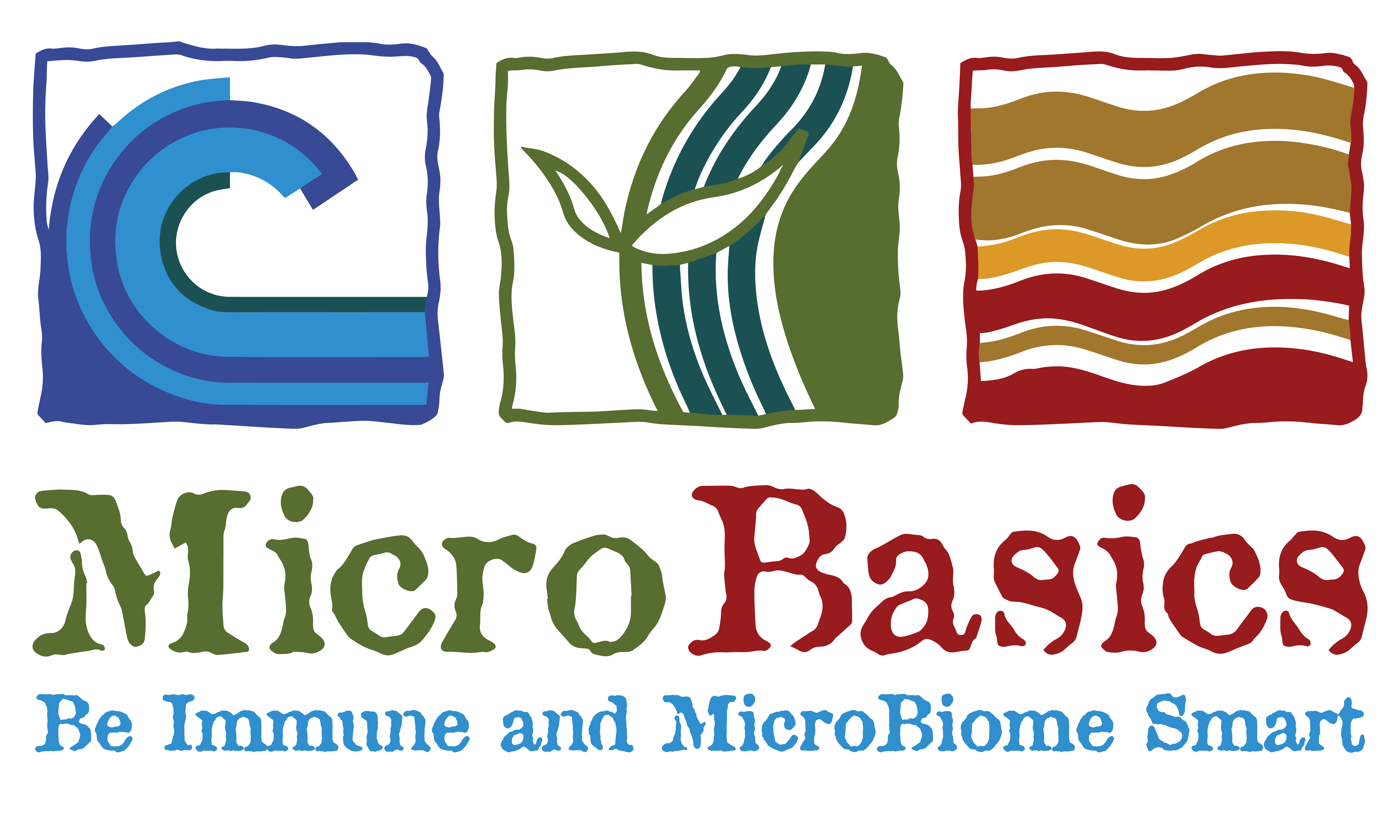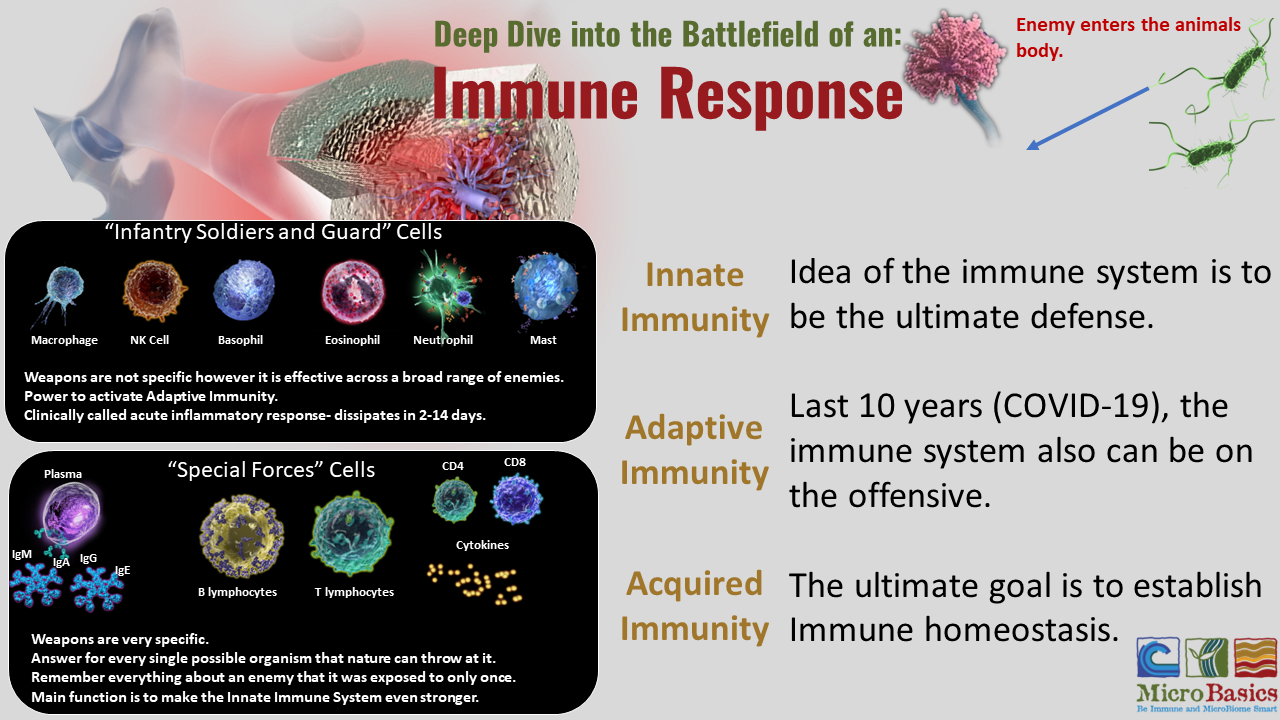The immune system is an intricate network of specific immune cells and proteins that work together to protect the animal from foreign invaders and harmful toxic materials found in the environment.
In cattle, like many other species, there are 3 levels of defense mechanisms that protect the animal from pathogenic infections.
- Physical Barriers
Barriers including skin and the mucosa of the digestive and respiratory tracts help eliminate pathogens and prevent infections.
- Skin is an impermeable physical/mechanical barrier that protects many pathogens from entering the body.
- Mucosa or mucous membranes that line internal systems help trap pathogens by producing mucous.
- Hair inside the nasal cavity and ear wax trap pathogens and environmental pollutants.
- Coughing, sneezing, and diarrhea aids in eliminating invading microorganisms.
- Nonspecific Innate Immune Response
Pathogens successful in crossing physical barriers are then encountered by the second line of immune defense. This level of protection involves immune cells and proteins that nonspecifically recognize and eliminate pathogens that enter the body.
- Immune cells use pathogen pattern recognition (PPR) to identify invading antigens.
- Phagocytes bind pathogens and then the plasma membrane surrounds and engulfs pathogens inside the cell.
- A phagosome is generated and fuses with a lysosome.
- Digestive enzymes present in the lysosomes finally destroy pathogens by breaking them into fragments.
- Indigestible materials are removed by exocytosis.
- Complement proteins are activated which recruit more white blood cells to the site of infection. Which leads to an inflammatory response producing swelling, redness, and pain.
- Oxylipids regulate the onset, magnitude, duration, and resolution of the inflammatory response.
- Specific Adaptive Response
The third line of defense is eliminating pathogens that have been encountered by the immune system before. The adaptive immune response occurs throughout the entire body of the animal.
- B cells are involved in antibody mediated immune responses (humoral immunity)
- T cells are involved in cell-mediated immune responses.
- B cells are activated when they encounter a ‘familiar’ antigen. Activated B cells engulf and digest the antigen.
- Antigenic fragments are presented on the B cell surface which further activates helper T cells.
- Helper T cells secrete cytokines to trigger growth and maturation of antigen-presenting B cells into antibody-producing B cells.
- Some B cells are transformed into memory cells to prepare the immune system for the next invasion.
- Antibodies can intercept pathogens and prevent them from binding to host cells.
- Differences in antibody quantities differ between cattle breeds.
- Antigen-antibody complexes can signal to activate complement proteins.
- Complement proteins trigger an inflammatory response and congregation of white blood cells to the infection site.
- In cell-mediated immunity, activated T cells secrete cytokines that further trigger the production and maturation of T cells.
- Some T cells mature into regulatory T cells that help stop the immune response and maintain immune system homeostasis when the invasion is eliminated.
- Some T cells mature into memory T cells and initiate an immediate response when the animal encounters the same pathogen again.
Bovine immune responses are driven by a combination of unique aspects that may vary depending on age of development, herd-specific traits, nutrition, and management of preventative and therapeutic protocols.
As we learn more about how the microbiome interacts with and supports the immune response we can better feed and prepare our cattle to fight infection, prevent disease, and reduce the need for antibiotic therapy.
Written by: Mariah Gull, M.S.
Sources:
Frontiers | Bovine Immunology: Implications for Dairy Cattle (frontiersin.org)

